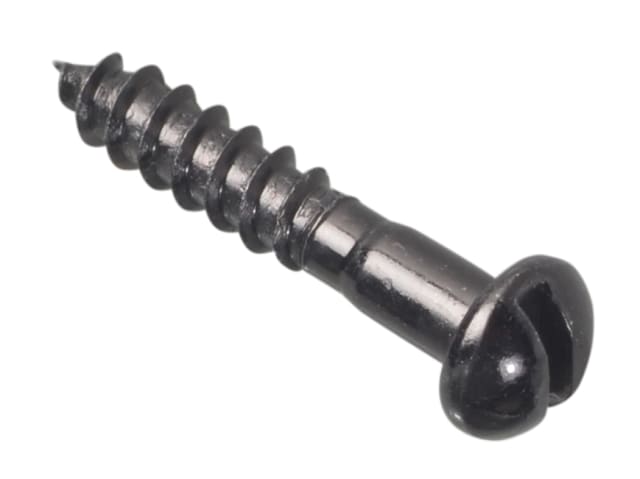The role of screws in furniture assembly
Whether you assemble furniture as a professional or as a DIY enthusiast, screws are an essential element of this process. Self-assembly furniture is everywhere now and most of us have the confidence to put furniture together in our own homes, but choosing the right screws is a crucial part of that and hence we need to understand the role that screws play in furniture assembly and what can happen if we choose the wrong type of screw.
Furniture assembly can involve putting together wardrobes, cabinets, chairs, sofas, beds, drawers, shelves, desks and tables. While these all have different purposes and designs, by and large they are all assembled in similar ways and using similar tools and techniques. This is where screws come into the equation and why you need a basic understanding of them in order to make a suitable choice.
What is the purpose of screws in furniture assembly?
When we work with screws in furniture assembly we are wanting to connect separate pieces together to assemble the finished item. So this connection has to be solid, tight and secure in order to ensure safe use of an item which could be used constantly or at least every day, and for many years. This durability comes from a proper connection, but we also need this to provide balance and stability and to help spread the load. So something like a chair will need to be connected together, of course, but it also has to withstand the weight of a person sitting on it, and choosing the right screw will enable this.
Screws will prevent movement as part of their function, but another important element of choosing the right screw is making it easy to dis-assemble a piece of furniture. This is particularly common for items such as beds or shelving units, if we are moving home, decorating or re-designing the home, we can take the furniture apart easily, transport it and put it back together again, and this is much easier if we have used the right screws in the first place.
What types of screws and fixings do we use for furniture assembly?
Different screws have common features, such as a head, a shaft, a thread and an end, which is either flat or pointed. But within this there are different types of screw which have different uses and benefits. With furniture, you are usually connecting pieces of wood. This might sometimes be plastic, but you are unlikely to be connecting metal components, so you wouldn’t use self-tapping screws which are generally used for this purpose.
Wood screws – Perhaps the most common type of screw or fixing for use with furniture. A wood screw is, not surprisingly, used for connecting two pieces of wood. It is fully threaded and has a pointed end, which is ideal for piercing and entering the wood without damaging it and then gripping the fibres of the wood grain to create a firm hold. Wood screws are usually brass and for internal use only.
Fixing screws – The design of fixing screws is largely the same as wood screws, but they tend to be stainless steel and so can be used externally.
Fixing bolts – These are shorter fixings typically for use with shelves in a cabinet or for drawer runners.
Confirmat screws – These have a coarse thread and a round flat head, but are usually fixed using a hexagonal Allen key, which is good for providing strong torque in spaces with limited room, ie. where you can’t use a screwdriver.
Cam Bolt fixings – A two-piece component unique to flat-pack furniture which comprises of a cam and a dowel in the two separate pieces being joined together, and which locate each other in the assembly process to create a strong connection.
Nails – Nails are commonly used in furniture assembly, such as attaching a back panel to a set of drawers or a shelving unit.
Tips for choosing the right screw for furniture assembly
You should choose a screw that is suitable to the material, but size is also important. Most screws vary in length and diameter, and this has a large bearing on how strong your connection will be. The length of the screw should not be too long that it protrudes through the bottom of the wood piece, and not too short that it doesn’t penetrate the wood far enough and won’t create enough ‘hold’ and stability in the wood piece. The diameter should also be sufficient to bear the weight of the load expected.
Material should be suitable to internal or external use, but with furniture this will most likely be internal. The screw head should suit the tools and equipment you are using and also how much space you have, but this has to be suitable so that you can achieve sufficient torque and purchase in order that the connection is strong and secure.
Check out our range of screws and fixings at MB Direct and order online today, or contact us to discuss your needs and we can give you advice about choosing the right screws and fixings so you can make an order.